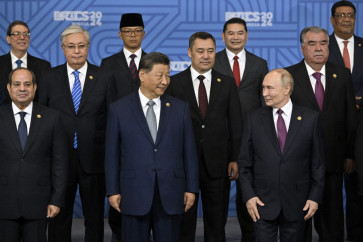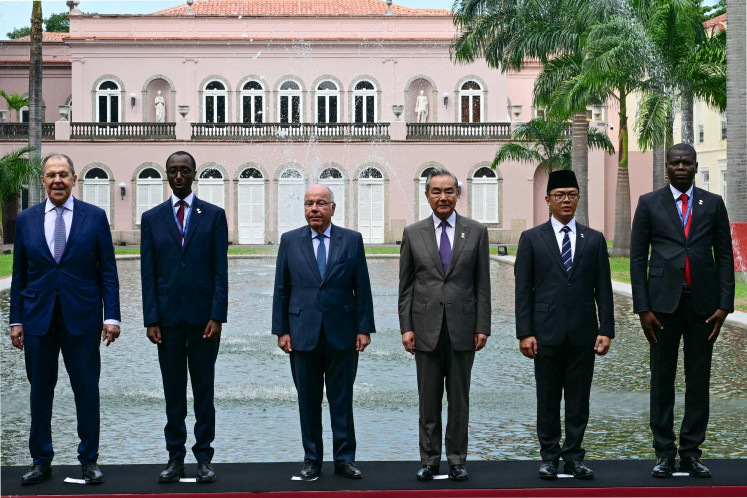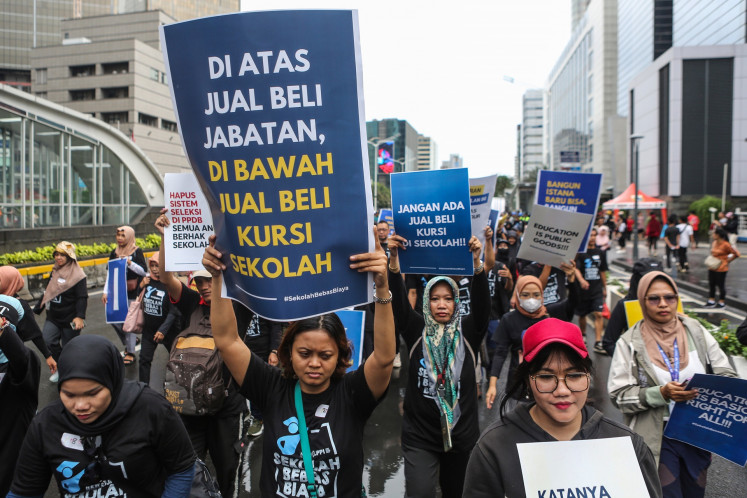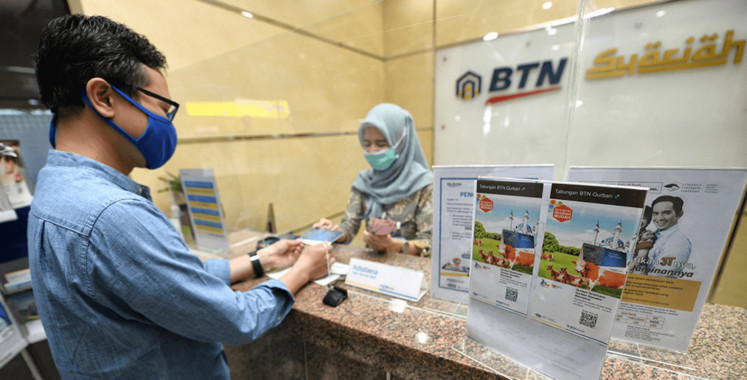New village law and natural resources
Natural resource management at the landscape level should be managed on a watershed area boundary basis
Change text size
Gift Premium Articles
to Anyone

N
atural resource management at the landscape level should be managed on a watershed area boundary basis. Watershed units are defined based on topographical boundaries that dictate the flow of rainwater on land surface to downstream areas (lakes, bodies of water and the sea).
Using the boundaries, one can easily analyze the interrelationships and dependency between upstream and downstream areas, among ecosystem components (soil, water, land, forests, etc.) in the watershed, as well as between on-site and off-site impacts.
Precipitation in the tropics is dominated by convective rainfall, which is characterized by high intensity and short duration. As a result, normally only a limited amount of rainwater (about 10-15 percent) can infiltrate and restore groundwater and return to the water table. The majority of rainwater is transported to downstream areas through overland flow, which is mostly destructive in nature.
To enhance the water retention capacity of the recharge areas, reduce erosion, sedimentation and flooding, all development actors in the watershed should have the same vision on managing development and natural resources. As the smallest development units are villages, while watershed area boundaries can be divided up into village administrative units, villages are considered the core unit for sustainable natural resource management at watershed (landscape) level.
The newly enacted Law No. 6/2014 on villages has provided a new perspective on village natural resource management. The law provides larger spaces and stronger positions for village governments in managing their natural resources.
The dream behind the legislation is to establish villages that are strong, developed, independent and democratic ' the keys to enabling the welfare of a community. Villages are not the sub-system of district/town governments but the unitary state of Indonesia. Village government are self-governing communities, like a 'small state', which has clear boundaries of jurisdiction, authority, community and natural resources. This manifests in two (out of 14) village governance principles, i.e. recognition and subsidiary.
Recognition principle: the government acknowledges village-specific governance, which is rooted in their origin, history or indigenous traditions. This contradicts past practices, in which the government nationalized diverse indigenous village governance systems.
Subsidiary principle: villages hold full authority to define their own development direction, including human capital to execute the development. As such, all development activities that can be handled by villages should not be tackled by the government. Support from the government, if any, should be in line with the village development plan. Villages will become the subject of development, rather than an object or project playground for the government.
When taking watershed area boundaries as landscape units where water is the connecting agent between upstream and downstream areas, the sustainability of natural resource management in the downstream villages is highly dependent on the quality of natural resource management in the upstream villages. Disharmony between upstream and downstream villages can ignite severe conflict. The law anticipates this through an inter-village collaborative management body (BKAD), a body that is jointly established by village groups to manage common interests.
The promulgation of the new Village Law should be considered a golden opportunity for better sustainable natural resource management at landscape level. Of course, this cannot be taken for granted. The role of the government, NGOs and others is required to mainstream natural resource management.
The big hands of the government and NGOs are called for, especially during a two-year preparation period, to enable village governments to: revitalize control, access and ownership of village assets (spring water, village land, village forests, etc.); establish high quality village development planning that is properly defined with natural resource management strategies; formulate and implement village regulations to utilize and protect natural resources (village land, spring water, village forests, watershed protection forests, etc.); develop inter-village collaborative development to conserve public natural resources that require protection, rehabilitation and restoration (spring water, rivers, forests, small-scale mining); enhance village bargaining power for fair benefit-sharing mechanisms in utilizing village natural resources (mineral water, mining, etc.); and enhance village government accountability to administer village funds, as villages will receive a much bigger share of the national budget.
Village capacity building is very much required to make the dreams of villages come true.
The writer is director of Tropenbos International (TBI)-Indonesia Program, Jakarta.









